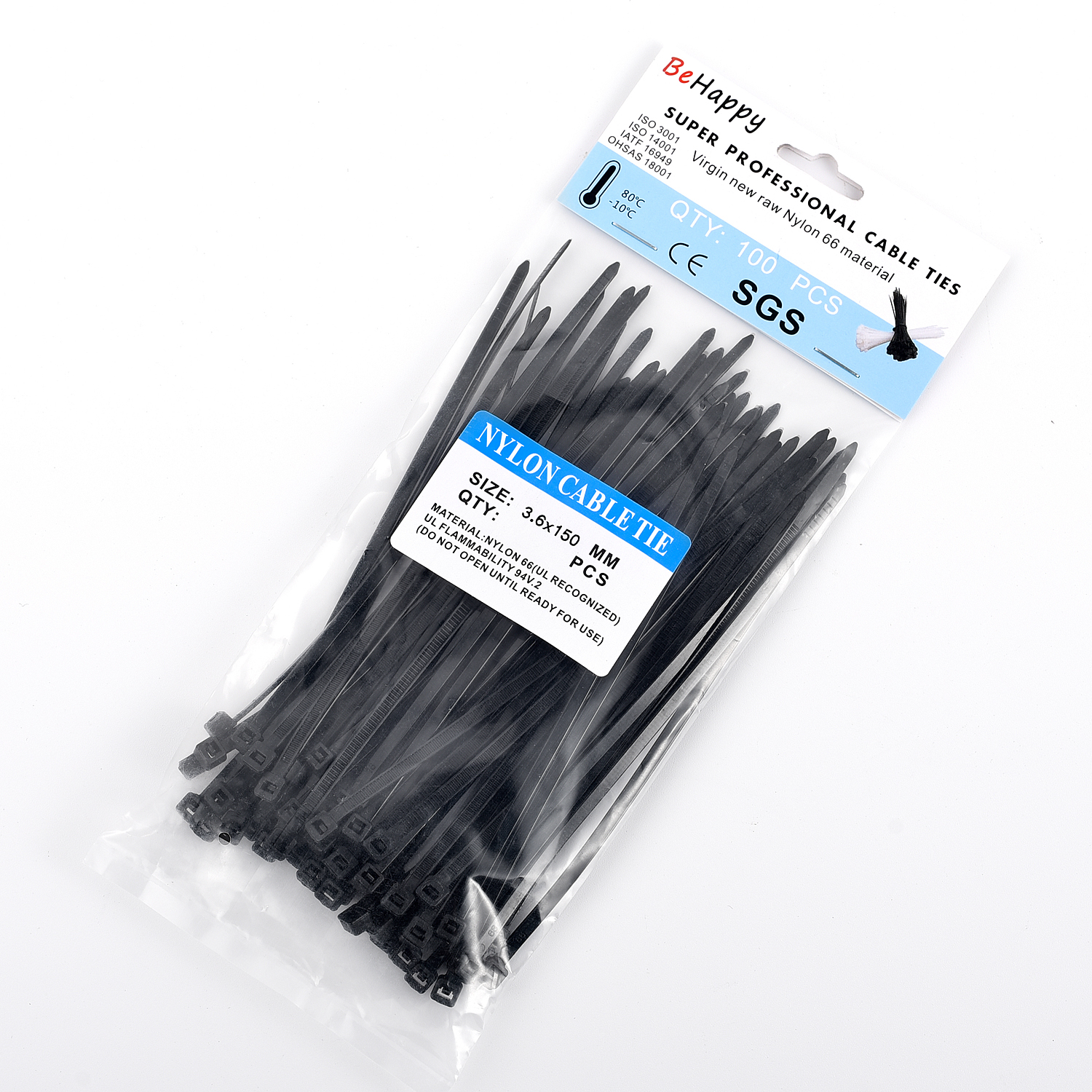Waterproof Mechanism of Waterproof Blanket The bentonite particles swell with water to form a uniform colloidal system. Under the restriction of two layers of geotextiles, the bentonite is changed from disorder to ordered expansion. The result of continuous water swelling is to make the bentonite layer itself. It is dense and thus waterproof.
1. Waterproof blanket anti-leakage principle
The mineralogical name of bentonite is montmorillonite, and natural bentonite is mainly divided into sodium and calcium based on chemical composition. Bentonite has the property of swelling with water. When calcium-based bentonite expands, its expansion is only about 3 times its own volume, while sodium-based bentonite absorbs five times its own weight when it meets water, and expands to 15-17 times or more. The sodium bentonite is locked in the middle of two layers of geosynthetic materials to protect and strengthen the GCL to have a certain overall shear strength.
2. Characteristics of bentonite waterproof blanket
1. Density: Sodium bentonite forms a high-density diaphragm under water pressure. When the thickness is about 3mm, its water permeability is below ×10ˉ11m/sc, which is equivalent to 100 times the compactness of 30cm thick clay. It is very strong. Self-protecting water performance.
2. Permanent waterproof performance: Because sodium-based bentonite is a natural inorganic material, it will not age or corrode even after a long period of time or changes in the surrounding environment, so the waterproof performance is durable.
3. Simple construction: Compared with other waterproof materials, the construction is relatively simple and does not require heating and pasting. Simply connect and fix with bentonite powder and nails, gaskets, etc. No special inspection is required after construction, and it is easy to repair if it is found to be waterproof. GCL is the shortest construction period in existing waterproof materials.
4. Not affected by temperature: it will not be brittle in cold weather conditions.
5. Integration of waterproof material and object: When sodium-based bentonite is in contact with water, it has a swelling capacity of 20-28 times. Even if the concrete structure vibrates and settles, the bentonite in GCL can repair cracks on the concrete surface within 2 mm.
6. Green and environmental protection: Bentonite is a natural inorganic material that has no special impact on the environment and has good environmental performance.
Features:
The performance price ratio is high and the use is very wide. The product range can reach 6 meters, which greatly improves the construction efficiency.
The scope of application and application conditions are applicable to municipal (landfill), water conservancy, environmental protection, artificial lake and underground waterproofing and anti-seepage projects.
It can be applied under the negative temperature (-20 °C) where the traditional waterproof material can't be constructed; it can also be applied on the wet base layer (but not the clear water); it can't be constructed under rain and snow; it is not suitable for strong acid and strong alkaline solution. Anti-seepage; due to bentonite inorganic materials, its durability is better than organic waterproof materials
Cable tie is used to tie things together. According to the material, it can be divided into nylon cable ties, stainless steel cable ties, plastic-sprayed stainless steel cable ties, etc.; according to the function, it can also be divided into ordinary cable ties, retractable cable ties, label cable ties, heavy tension cable tie, etc. The cable tie is made of UL-approved nylon 66 material with a fire rating of 94V-2. It has the characteristics of acid resistance, corrosion resistance, good insulation, resistance to aging, light weight, safety, non-toxicity, and strong durability. Operating temperature is minus 40 to 90 degrees.



Cable Tie,Nylon Cable Tie,Plastic Cable Tie,Pound Zip Cable Ties
Behappy Crafts (suzhou)Co.,Ltd , https://www.jshaoyue.com